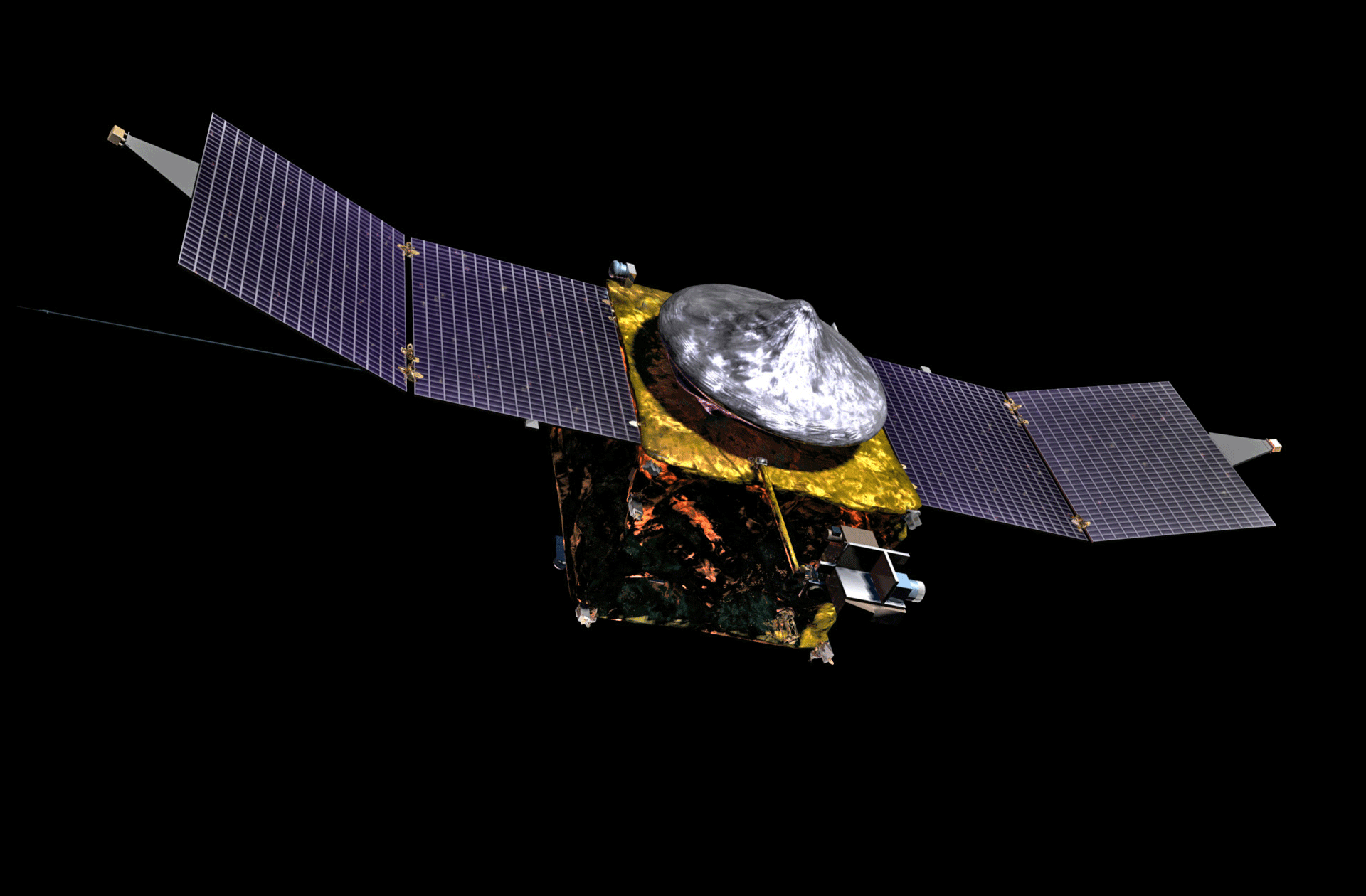NASA's Next Mission to Mars Ready for Monday Launch

NASA's next Mars probe is ready for a Monday launch to the Red Planet.
NASA's Mars Atmosphere and Volatile Evolution probe (MAVEN for short) is set to launch atop a United Launch Alliance Atlas 5 rocket from Cape Canaveral Air Force Station on Monday (Nov. 18) at 1:28 p.m. EST (1828 GMT). You can watch MAVEN's launch on SPACE.com, courtesy of NASA.
"This Wednesday, we just completed our flight readiness review," Omar Baez, NASA launch director at Kennedy Space Center, told reporters during a news briefing today (Nov. 15). "Yesterday we held our mission dress rehearsal and this morning, we completed our NASA launch readiness review. All were very successful." [NASA's MAVEN Mission to Mars (Photos)]
There is a chance that weather problems in Florida might delay MAVEN's launch. At the moment, NASA puts the odds of good weather at 60 percent for Monday, but the odds become less favorable as the week goes on, launch weather officer Clay Flinn said in the briefing.
The spacecraft's launch window officially extends from Nov. 18 to Dec. 7, but if the mission doesn't lift off before Dec. 23, the team will have to wait until January 2016 before Mars and Earth are ideally aligned for another attempt, MAVEN mission managers said.
NASA's MAVEN mission will take about 10 months to reach Mars after launching from Florida. Once in orbit around the Red Planet, the spacecraft will study the planet's upper atmosphere to help scientists determine how Mars turned into the cold desert it is today.

Scientists think that Mars was once a warm, wet world billions of years ago, but at some point in the planet's evolution that changed. Mars' atmosphere was lost to space possibly due to the sun's influence and other factors, and NASA is sending the school bus-sized MAVEN to Mars to look into how the planet actually lost its atmosphere, mission scientists explained.
Get the Space.com Newsletter
Breaking space news, the latest updates on rocket launches, skywatching events and more!
"If you look outside of the [science] community, there's quite an interest in this mission," Baez said. "You wouldn't think so in that it's not as sexy as the rovers going over the planet, [but] this is kind of like a weather satellite for Mars providing relay and it's real science."
The $671 million MAVEN mission will spend at least one Earth year investigating the Martian atmosphere, and will be the 10th orbiter NASA has launched to Mars. It will join three other probes currently active in orbit around Mars: Mars Odyssey, the European Space Agency's Mars Express and NASA's Mars Reconnaissance Orbiter.
Find the latest MAVEN news, photos and videos on SPACE.com. You can also follow MAVEN coverage through the Mission Status Center at SPACE.com's partner, Spaceflight Now.
Follow Miriam Kramer @mirikramer and Google+. Follow us @Spacedotcom, Facebook and Google+. Original article on SPACE.com.
Join our Space Forums to keep talking space on the latest missions, night sky and more! And if you have a news tip, correction or comment, let us know at: community@space.com.

Miriam Kramer joined Space.com as a Staff Writer in December 2012. Since then, she has floated in weightlessness on a zero-gravity flight, felt the pull of 4-Gs in a trainer aircraft and watched rockets soar into space from Florida and Virginia. She also served as Space.com's lead space entertainment reporter, and enjoys all aspects of space news, astronomy and commercial spaceflight. Miriam has also presented space stories during live interviews with Fox News and other TV and radio outlets. She originally hails from Knoxville, Tennessee where she and her family would take trips to dark spots on the outskirts of town to watch meteor showers every year. She loves to travel and one day hopes to see the northern lights in person. Miriam is currently a space reporter with Axios, writing the Axios Space newsletter. You can follow Miriam on Twitter.









